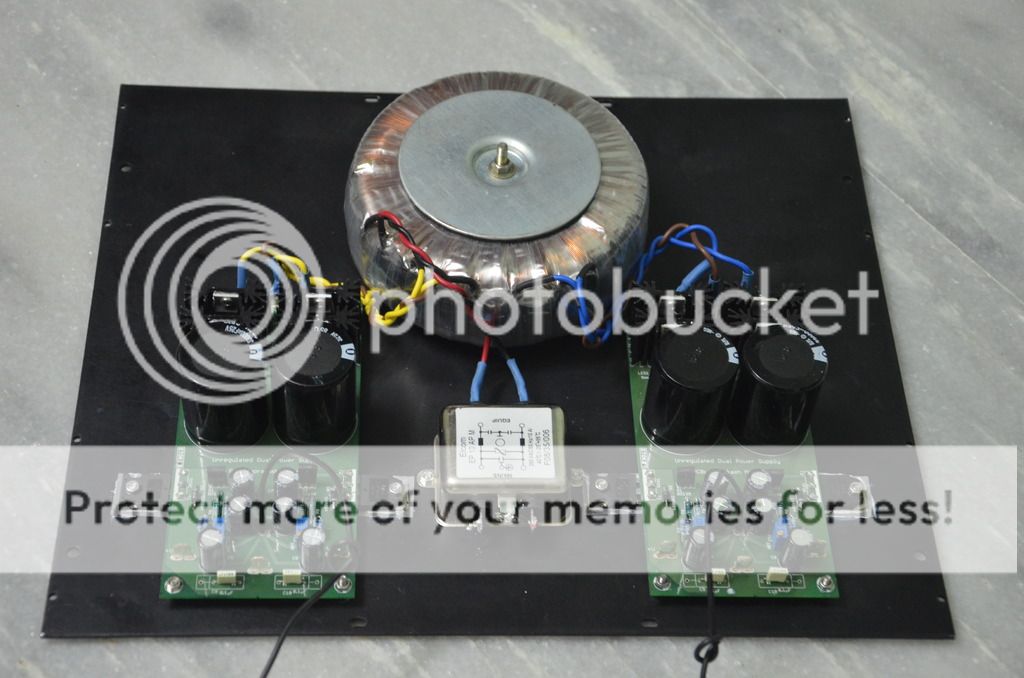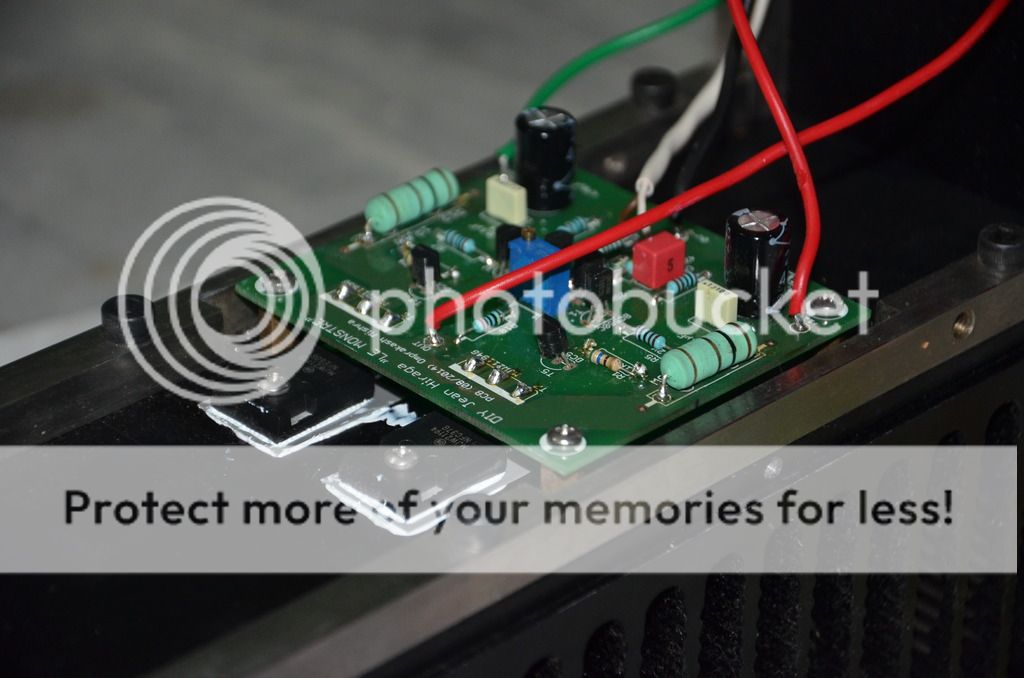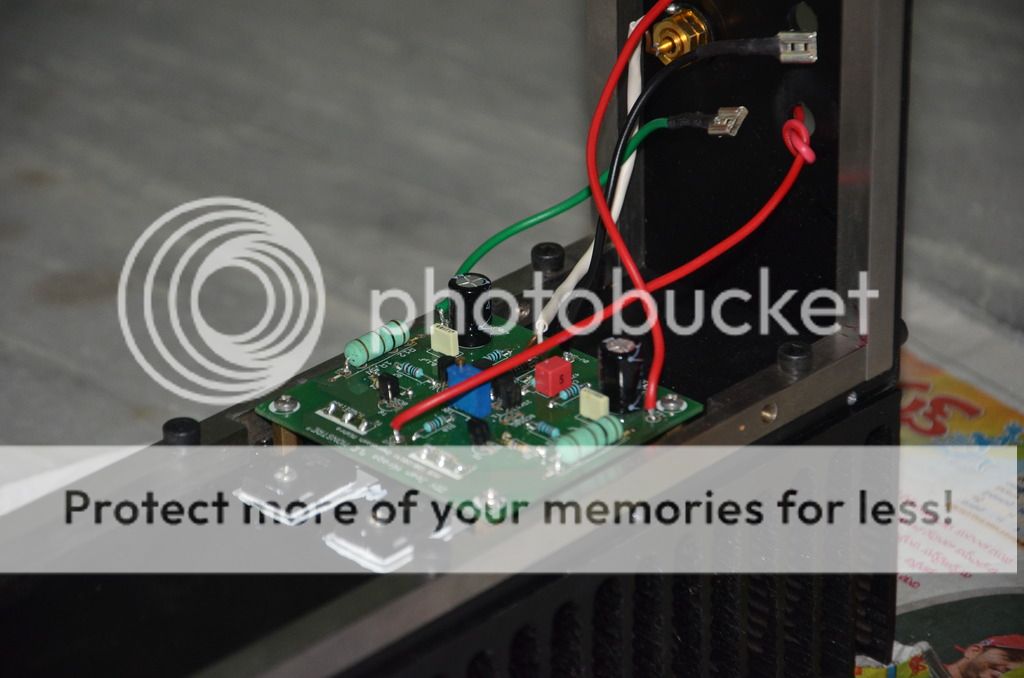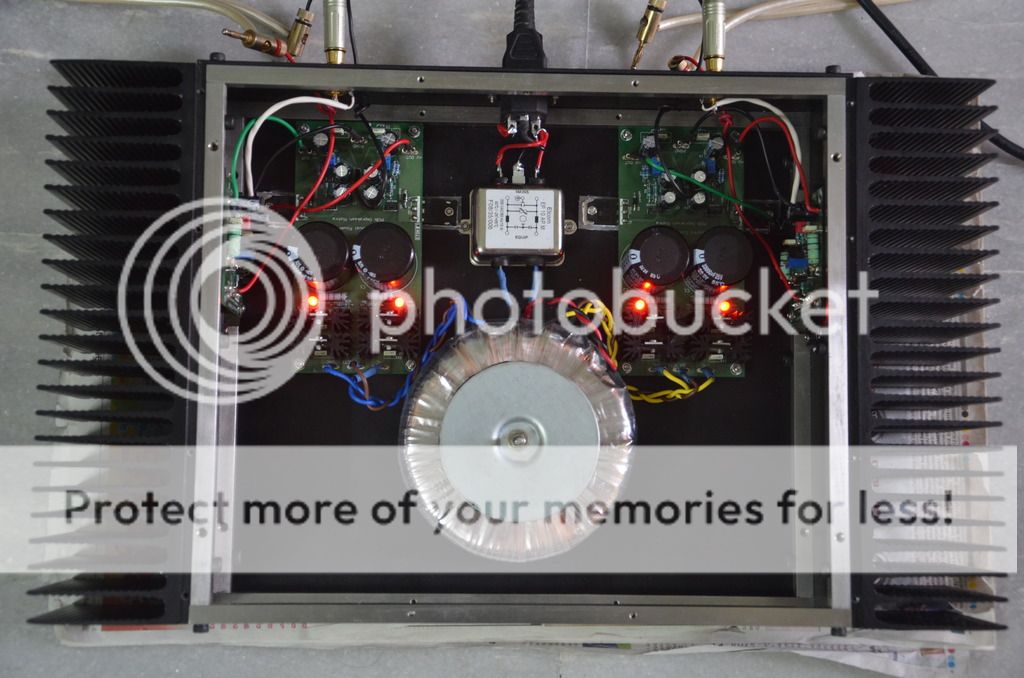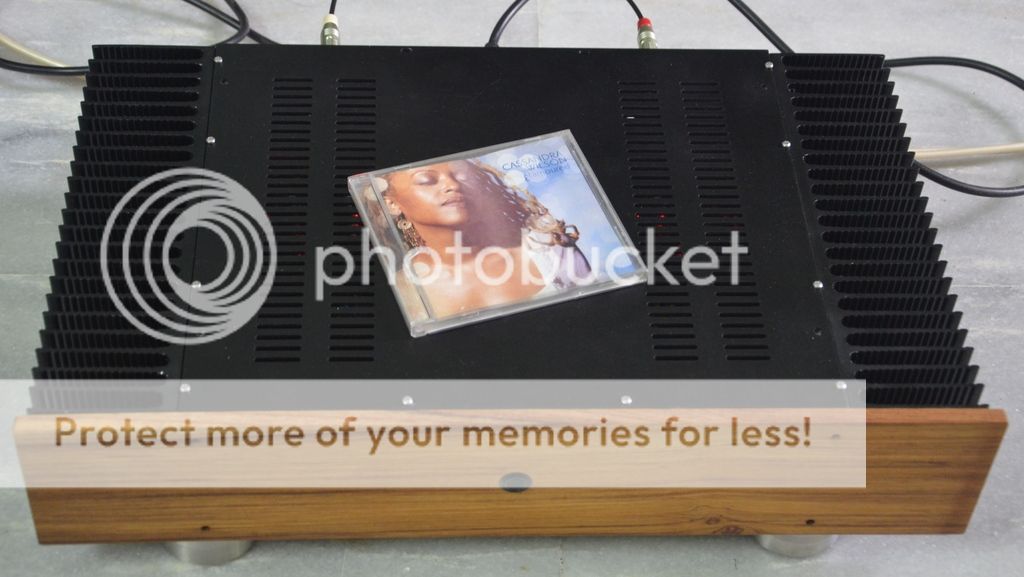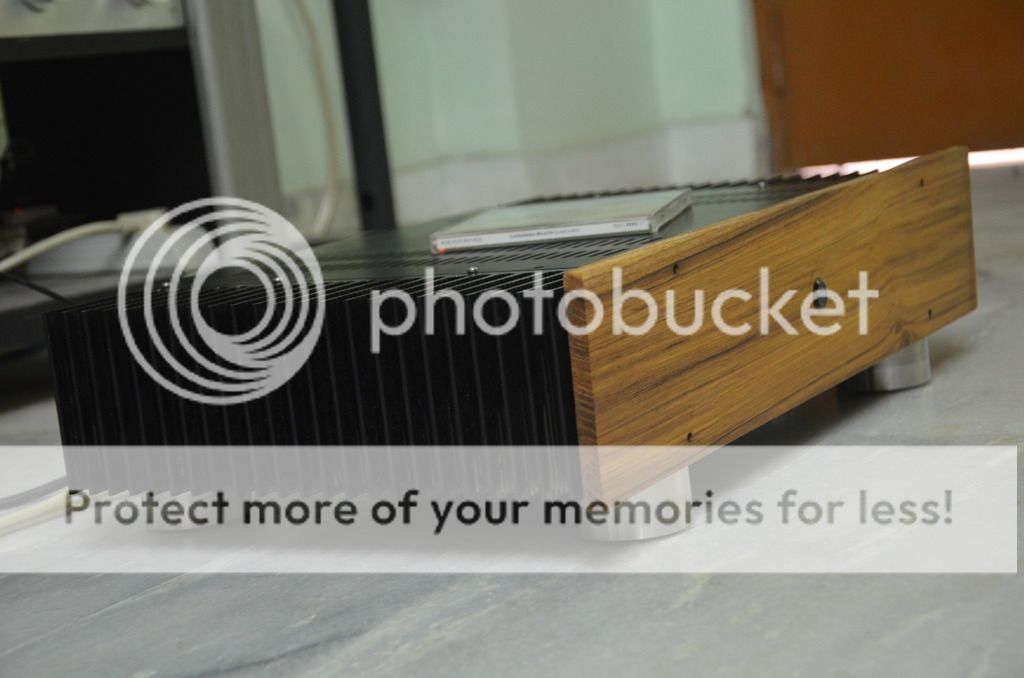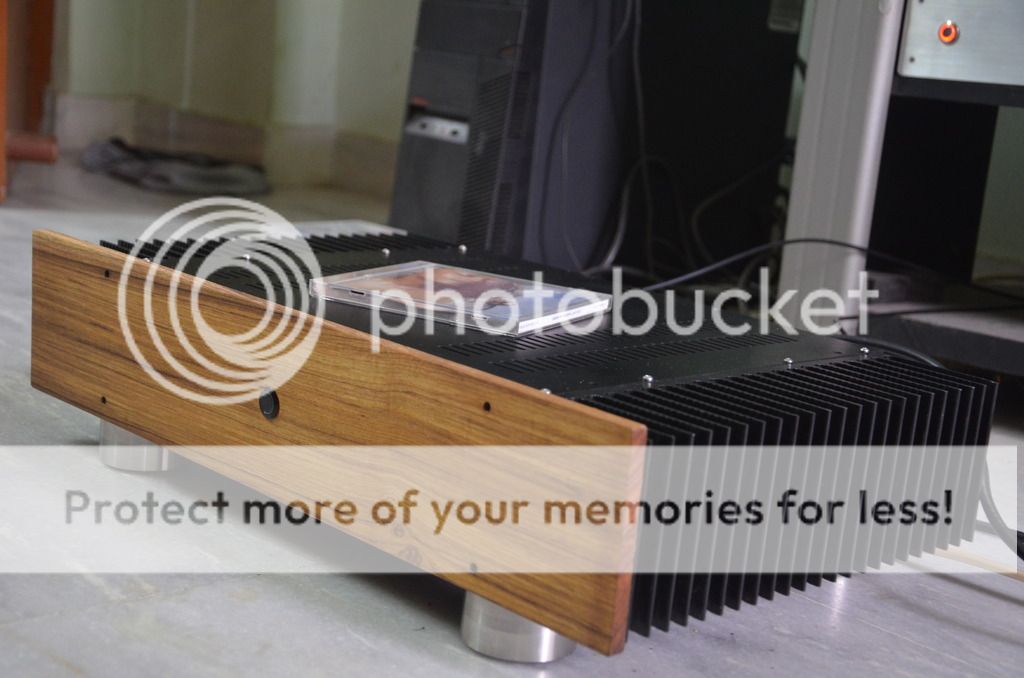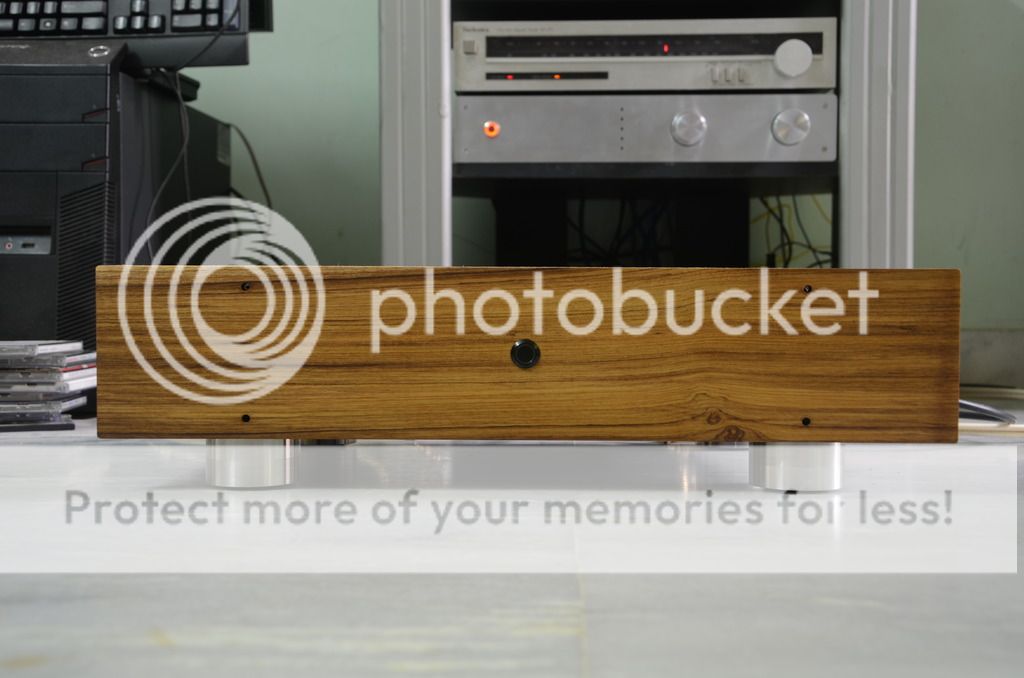GeorgeO
Well-Known Member
As Bijin and others have already (and admirably) documented their builds of this amp, I wont go down the same path. By all accounts it offers a good bang for the buck. Boards with components are available either on Ebay ( Jims audio is one such) or others. Toroidals are locally available from multiple sources, and so are cabs. I expect cost will be around 22-23k, am aiming for around 12 watts Class A, and plan to mate it to my Altecs. Will post again after making significant progress, hope to complete it in the next 4-6 weeks.
My thanks to all FMs who have built/plan to build this amp for their constructive suggestions and advice. For more serious people wanting to know more about how to build this amp, there is a 130 page thread on diyaudio as well as a few threads here, please spend some time reading them-I did!
My thanks to all FMs who have built/plan to build this amp for their constructive suggestions and advice. For more serious people wanting to know more about how to build this amp, there is a 130 page thread on diyaudio as well as a few threads here, please spend some time reading them-I did!


